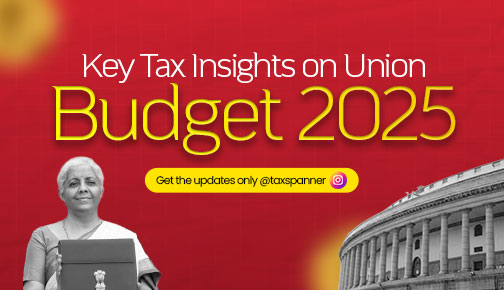Your Tax Assistant
Ask Me Anything
PPF vs. NPS: Choosing the Right Retirement Haven – Liquidity & Returns
Tax optimization
12 min read
Subhasmitha Behera
Posted on
National Pension System (NPS) Overview
- NPS is a voluntary as well as long-term retirement savings scheme that has been introduced by the Indian Government.
- It offers two investment options: Auto Choice and Active Choice. Auto Choice diversifies investments based on age, gradually shifting towards safer investments. Active Choice allows allocation across various asset classes, potentially leading to higher returns with increased risk.
- NPS provides attractive tax benefits under Section 80C and 80CCD(1B) of the Income Tax Act. This also provides a deduction of up to Rs.1.5lakh under Section 80C and up to Rs.50,000 under Section 80CCD(1B) to the investors.
- It also allows partial withdrawals under specific conditions, allowing 25% withdrawals thrice during NPS tenure.
- This scheme also offers an early exit option after 10 years of NPS account opening.
NPS Eligibility
- Eligible for Indian citizens aged between 18-60.
- Account holders must adhere to KYC guidelines.
- The account holder must not be mentally disabled or insolvent.
Public Provident Fund (PPF) Overview
- The PPF is a popular long-term savings and investment scheme offering tax benefits.
- It also offers a fixed interest rate determined by the government every quarter, which can act as a hedge against market volatility.
- This scheme offers tax benefits to its investors under Section 80C of the Income Tax Act, where the entire investment, as well as the interest earned over it, are exempted from taxes.
- This scheme also offers liquidity with a lock-in period of 15 years and partial withdrawals from the 7th year.
- PPF accounts can be extended in a gap of 5 years after the initial maturity period.
PPF Investment Eligibility
- Indian citizens can invest in PPF.
- Only one account can be opened per citizen unless the second account holder is a minor.
- NRIs and HUFs are not eligible to invest in PPF.
Things to remember before opening a PPF Account
- The current interest rate for PPF is 7.1% p.a., which is compounded annually.
- PPF interest is credited on the 31st of March each year.
- The investor can get the maximum interest if he deposits between the 1st and 5th of every morning.
- Loans against PPF are available after 3 years of holding, with full repayment before the 6th year when the investor is eligible for another loan.
Comparing NPS and PPF:
- NPS offers higher returns due to exposure to equity and market-linked instruments but also has higher risk, while PPF provides stable but lower returns.
- Both offer tax benefits, making them efficient tax planning tools where the benefits depend on the individual's risk-taking ability and choice of investment.
- PPF offers greater liquidity due to a shorter lock-in period and partial withdrawal provisions, whereas NPS is less liquid due to its retirement-focused approach.
NPS allows the investor to choose between equity funds, fixed-income securities, and government securities funds, while PPF doesn't allow the investor to decide to invest their money.
Explore TaxSpanner's wide range of calculators for your tax planning and calculations!
View Tools & Calculators
Try TaxSpanner Today
TaxSpanner offers an end-to-end tax compliance solutions to individuals, Professionals and Businesses.

TaxSpanner.com is one of India’s largest and most trusted websites that offers online preparation of accounts books and filing of TDS, GST, individual Income Tax Returns (ITR). Established in 2007, TaxSpanner is based out of New Delhi. Since then, it has grown to build very large customer base in this market segment.


